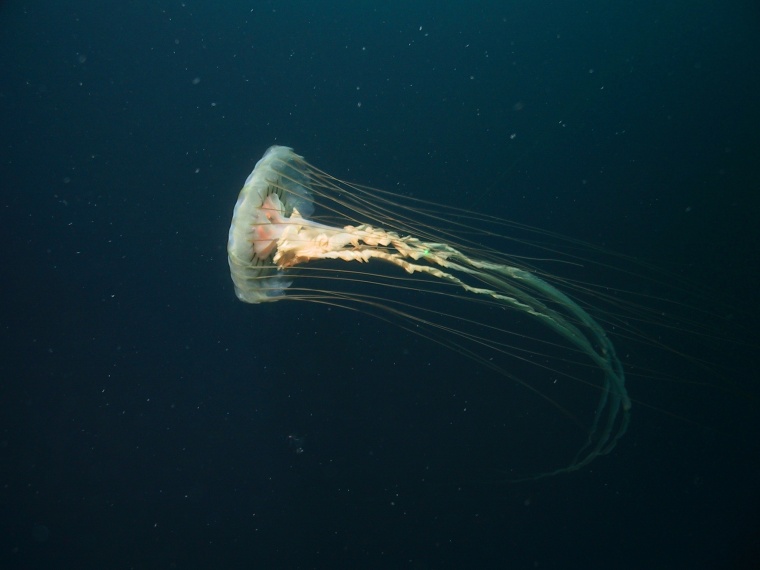Global warming certainly threatens many species, but some can actually benefit — at least in the short run. The lifestyle of the jellyfish is testament to that, according to a new study.
The study looked at jellyfish populations in the Bering Sea off Alaska, noting a boom in the 1990s followed by a decline since 2000.
By about 2000, the jellyfish were about 40 times more abundant than they had been in 1982, according to analyses of collections from fishing trawlers that were reported in the May 29 issue of the journal Progress in Oceanography.
The National Science Foundation, which helped fund the study, said in a statement that the Bering Sea jellyfish also expanded their ranges since 1991 by fanning out north and west of the Alaskan Peninsula.
The decreases happened while water temperatures dramatically increased — "even though increasing temperatures have been associated with increasing jellyfish numbers in lab studies and in other waters," the NSF stated.
Many scientists also believe that warming, overfishing and other stresses fuel jellyfish booms in many tourist destinations and commercial fishing areas. "These jellyfish-rich locations include Australia, the Gulf of Mexico, Hawaii, the Black Sea, Namibia, the United Kingdom, the Mediterranean, the Sea of Japan and the Yangtze Estuary" in China, the NSF said.
Why this difference in the Bering Sea?
"We think that once the Bering Sea's jellyfish population outsized the available food supply, the jellyfish population probably shrunk," Lorenzo Ciannelli, a study co-author and Oregon State University researcher, said in the statement.
"There are still too many mysteries about Bering Sea jellyfish to predict their next moves," added Ciannelli. "This finding suggests that water temperatures influence jellyfish populations. But we don't know how and how much."
